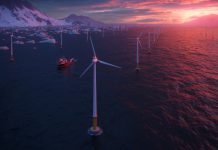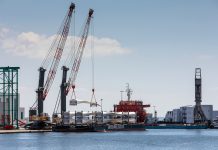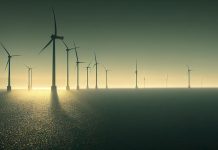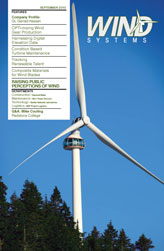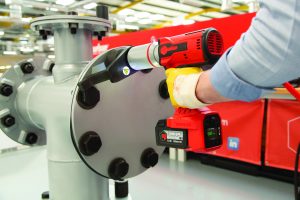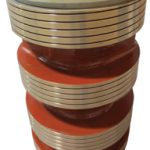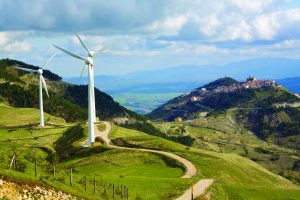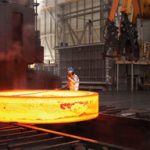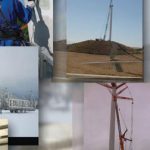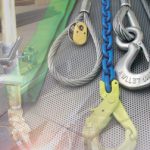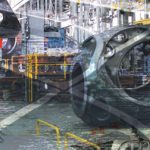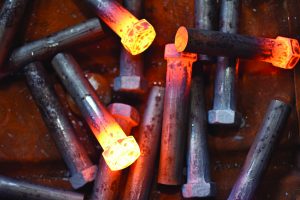The year was 1984, and Drs. Andrew Garrad and Unsal Hassan had been working for the Wind Energy Group—an R&D venture comprised of three partners including British Aerospace, the General Electric Company (GEC), and Taylor Woodrow—for the past five years, since 1979. Convinced of the industry’s viability, and that it had matured to the point where it was time to move beyond research and commercialize their efforts, the two wind-industry pioneers decided to start a company of their own. So with no clients yet onboard, they negotiated office space at a university in return for teaching a few classes, marking the beginning of what has become the world’s largest wind-energy consulting group. “Maybe we were a bit naïve in retrospect, but we believed in our own abilities and thought the industry had a very bright future,” according to Garrad. “Luckily, that has turned out to be the case.”
The two men complemented one another both in temperament and training, with the ebullient Garrad skilled in building mathematical models and the more-introspective Hassan tending toward developing measurement systems. They decided to focus on two areas: writing code to calculate turbine performance—which still exists today as the company’s well-known GH Bladed integrated design software package—and creating systems to measure and even predict wind farm output. Two events then altered the company’s course, beginning with the deregulation of the UK electricity market in 1990, which created a market for wind farms requiring the type of technical assessment and input the company could provide. This also led to the development of the company’s GH WindFarmer software package for site assessment and planning. The other was the advent of the first big utility-scale wind farms in the United States a few years later, with the company acting as the bank/owner’s engineer due to its position at the forefront of wind-farm consulting. The virtual collapse of the UK wind market not long after also propelled the company in new directions. “This occurred for political reasons that we won’t go into here,” Garrad says, “but it forced us out of our comfort zone and out into the larger world. That was the real impetus behind the growth of our global footprint.”
There were also pitfalls to be avoided along the way, he explains, including the loss of identity some companies experience as they evolve. “In this industry, many companies that started out as consultants were seduced by the perceived opportunities and became wind-farm developers themselves. We decided to stick to our original concept, which I believe helped us a great deal since we had experience, advanced technologies to offer, and we weren’t our client’s competition.”
The company marked another transition in 2009, when it merged with Germanischer Lloyd to become the GL Group’s renewable energy consulting division, now known as GL Garrad Hassan. This was a natural development in the company’s growth, according to Andrew Garrad. “I’ve grown up with this business, and it started off being very much a ‘smock and sandals’ industry where we were all considered to be eccentric dreamers. But that has changed in recent years, where the conventional power industry has entered the picture in a way they weren’t five years ago. So I saw that the industry was really becoming mainstream, and that we needed to grow along with it,” he says. “We could’ve managed that growth on our own, but it would have been much more difficult. We were looking for someone who had the funds to allow us to make further investments toward developing new products and to help improve our geographical reach, but also somebody who knew about the business. I have known the GL Group from the very beginning. GL Renewables Certification is the number-one certification body in the wind business, while I hope GL Garrad Hassan is considered to be the number-one wind consulting firm. So putting the two together made a lot of sense. Although the two GL segments are working independently from each other, this will elevate our offerings to this industry by an order of magnitude. We have 750 staff operating in 22 countries, which is a force to be reckoned with.”
As for the future, Garrad says that finding ways of integrating wind farms into the grid is a key issue that must be addressed, and also developing new short-term forecasting methods for predicting how the winds will behave on an hourly basis, and up to a day or so in advance. “With the proper technology, science, and investment, wind could easily be supplying 50 percent of the world’s electricity in the next decade or two,” he says. “I looked forward to the day when we would be sitting at the same table as all of the more-conventional energy sources, and now we are. And in our new guise, we are well equipped to do so.”
For more information:
Send e-mail to info@gl-garradhassan.com, or go to www.gl-garradhassan.com.
















